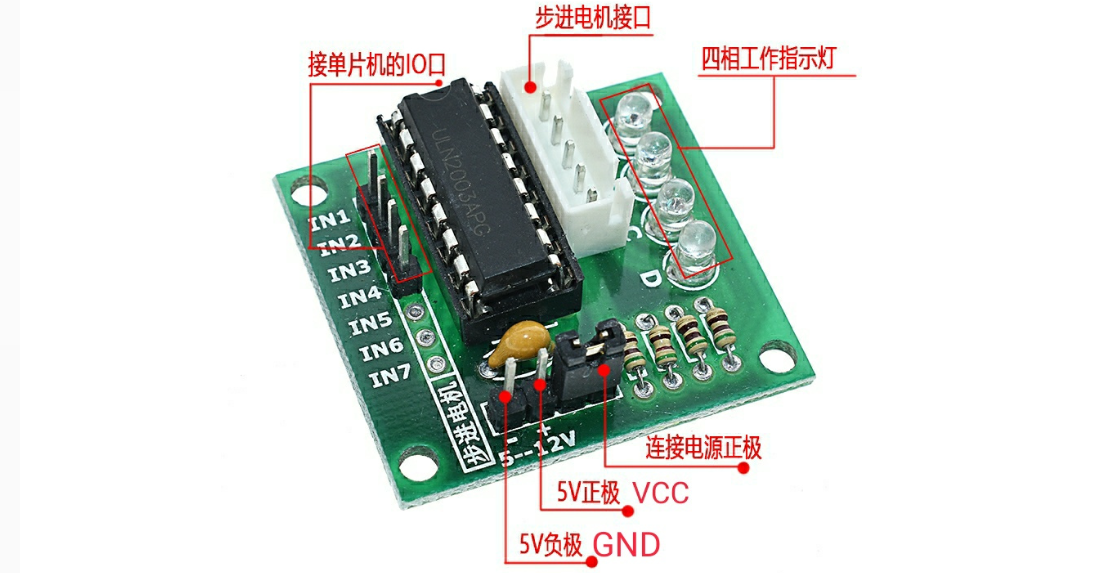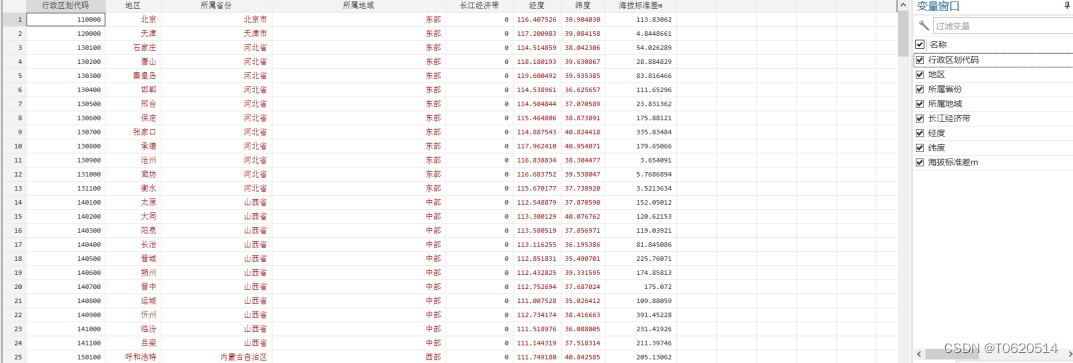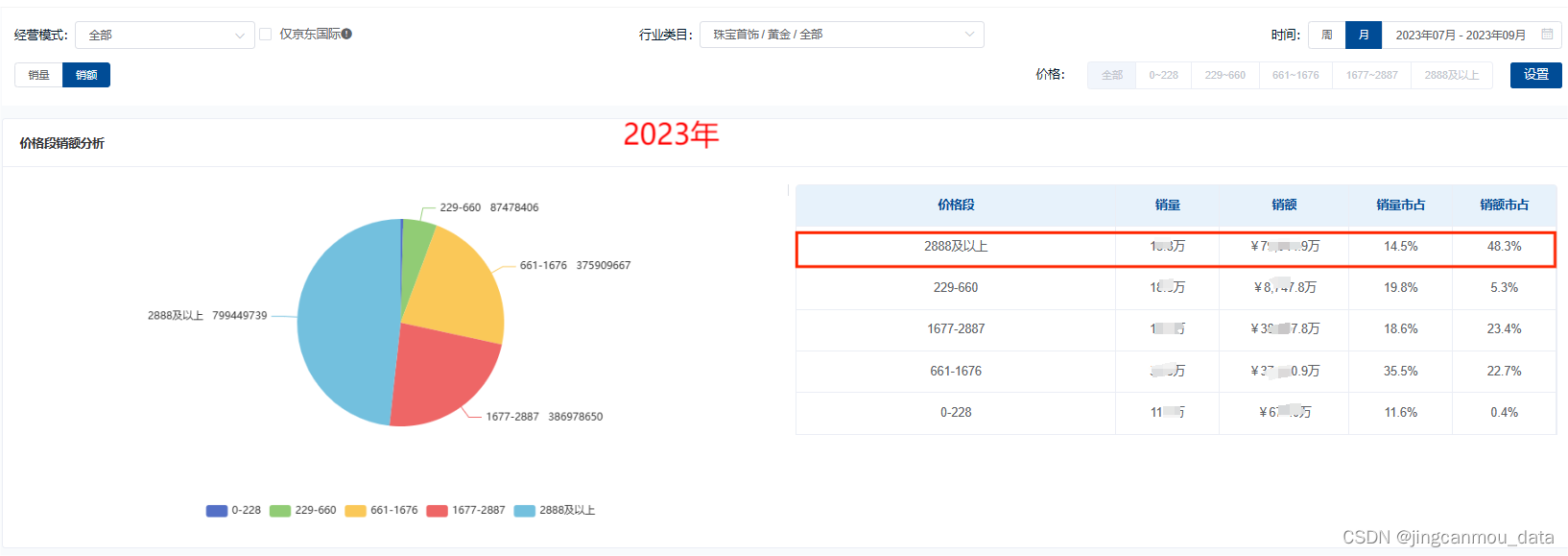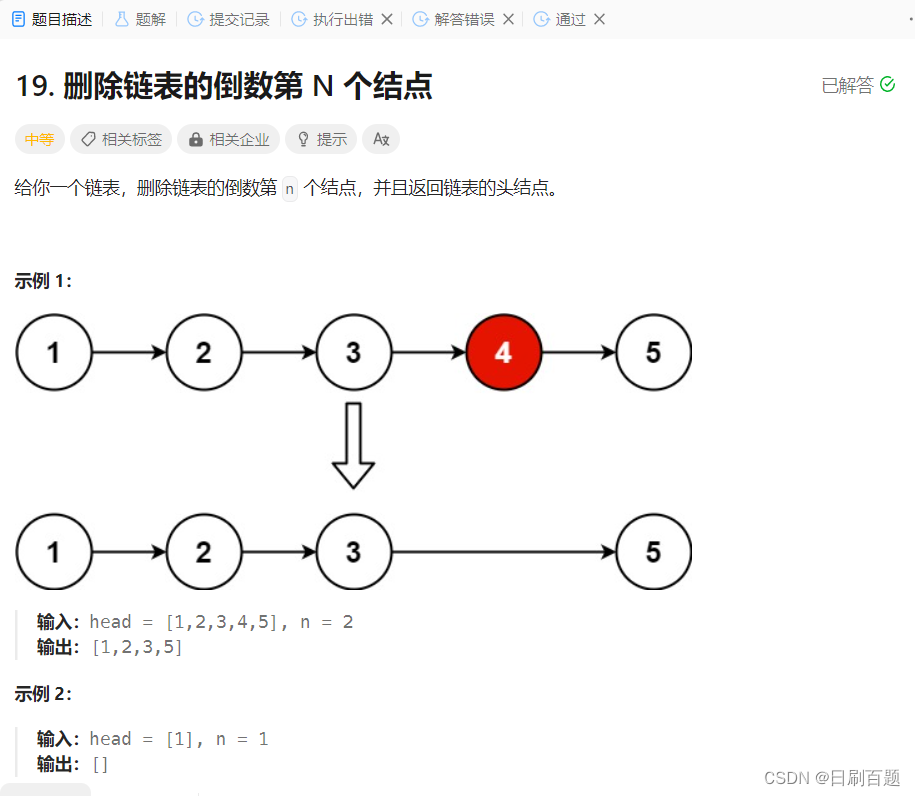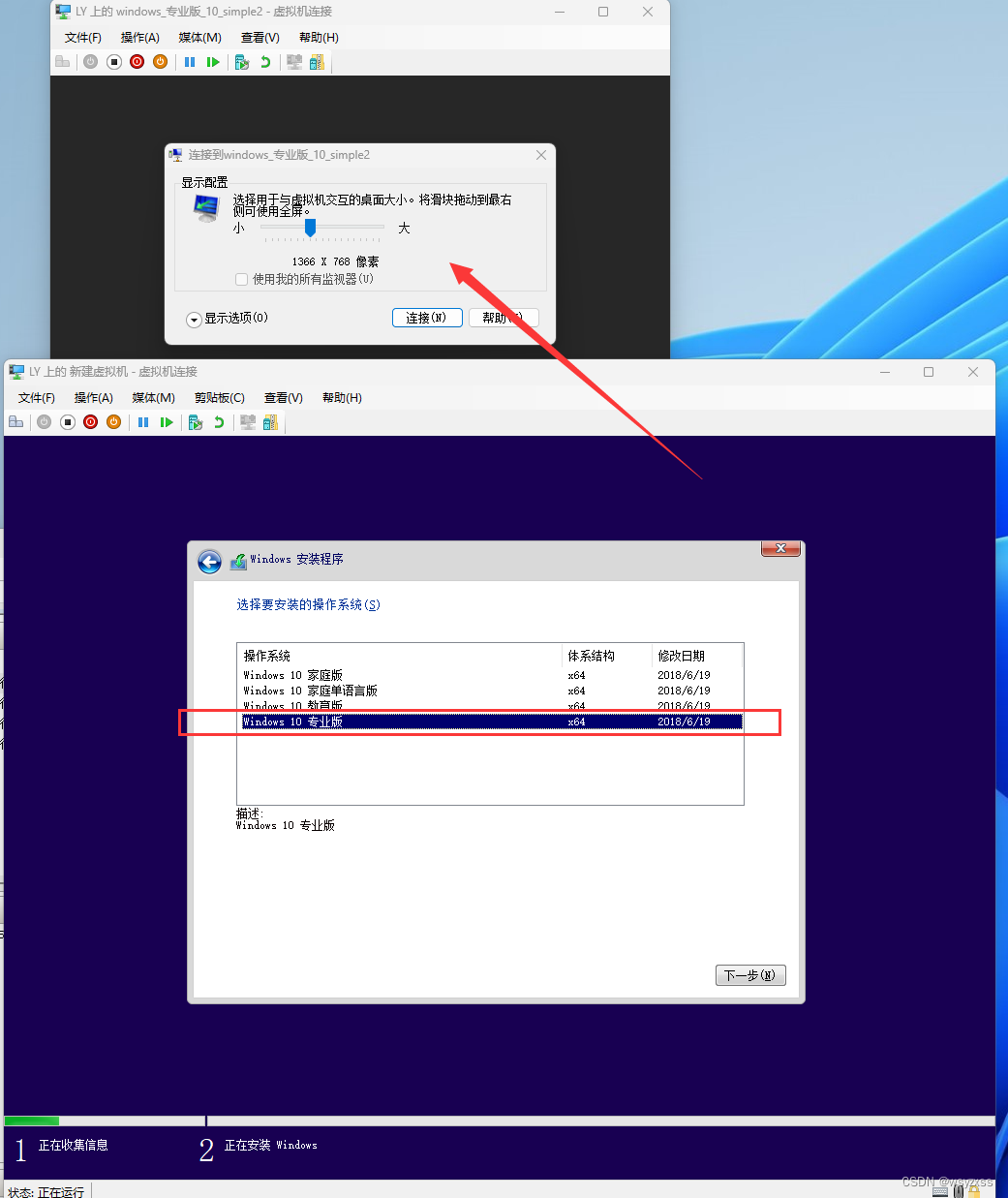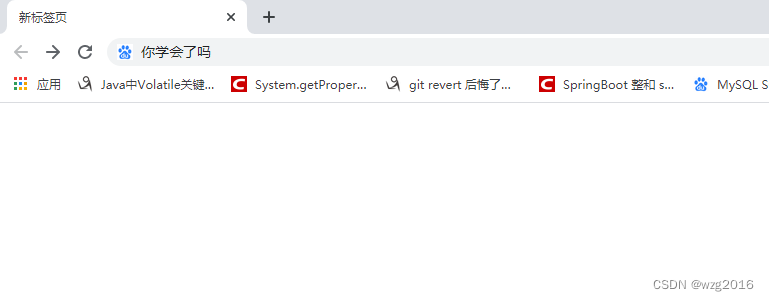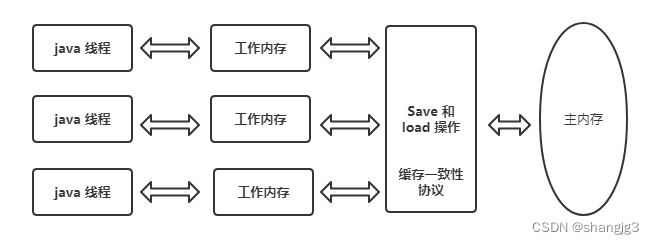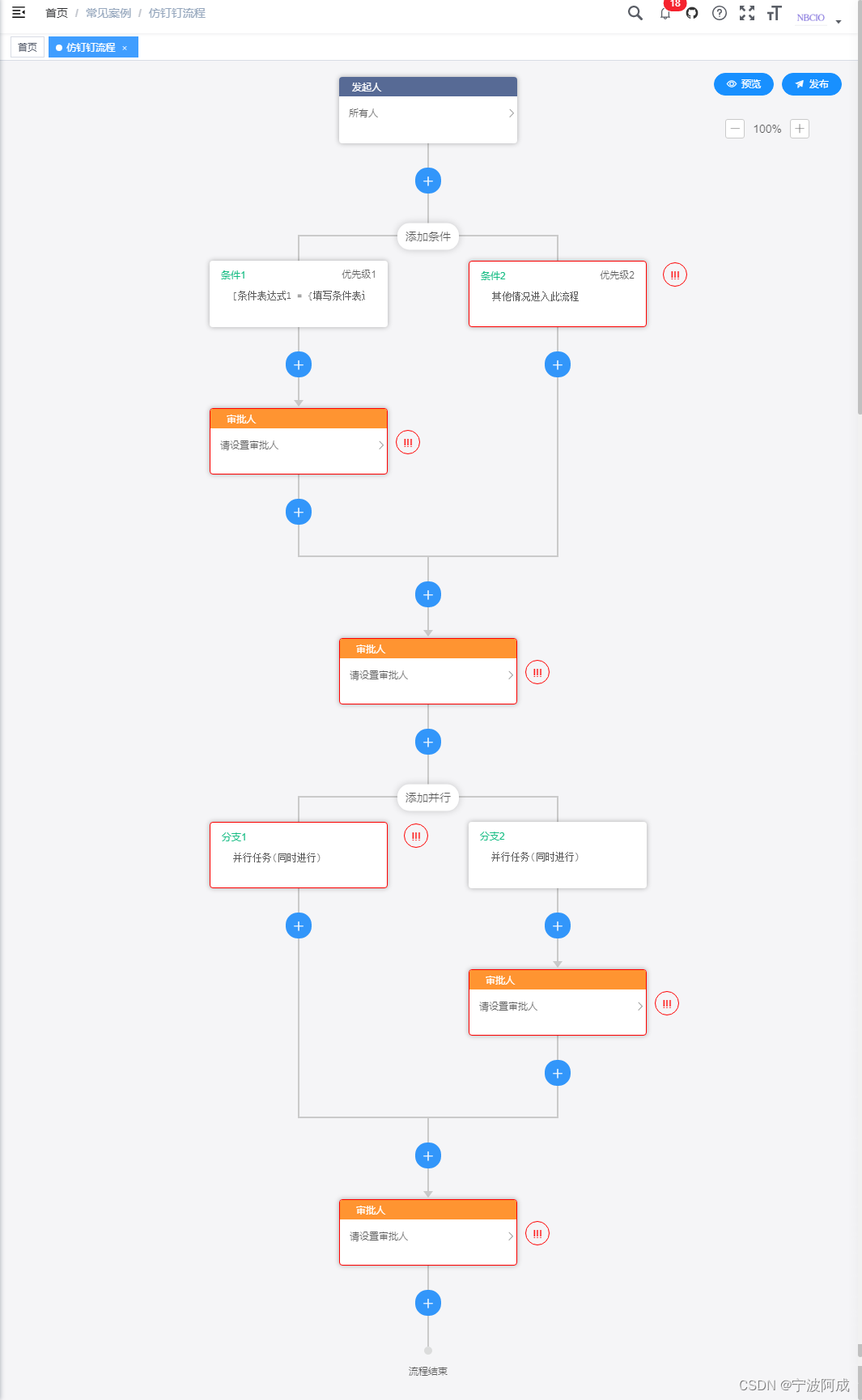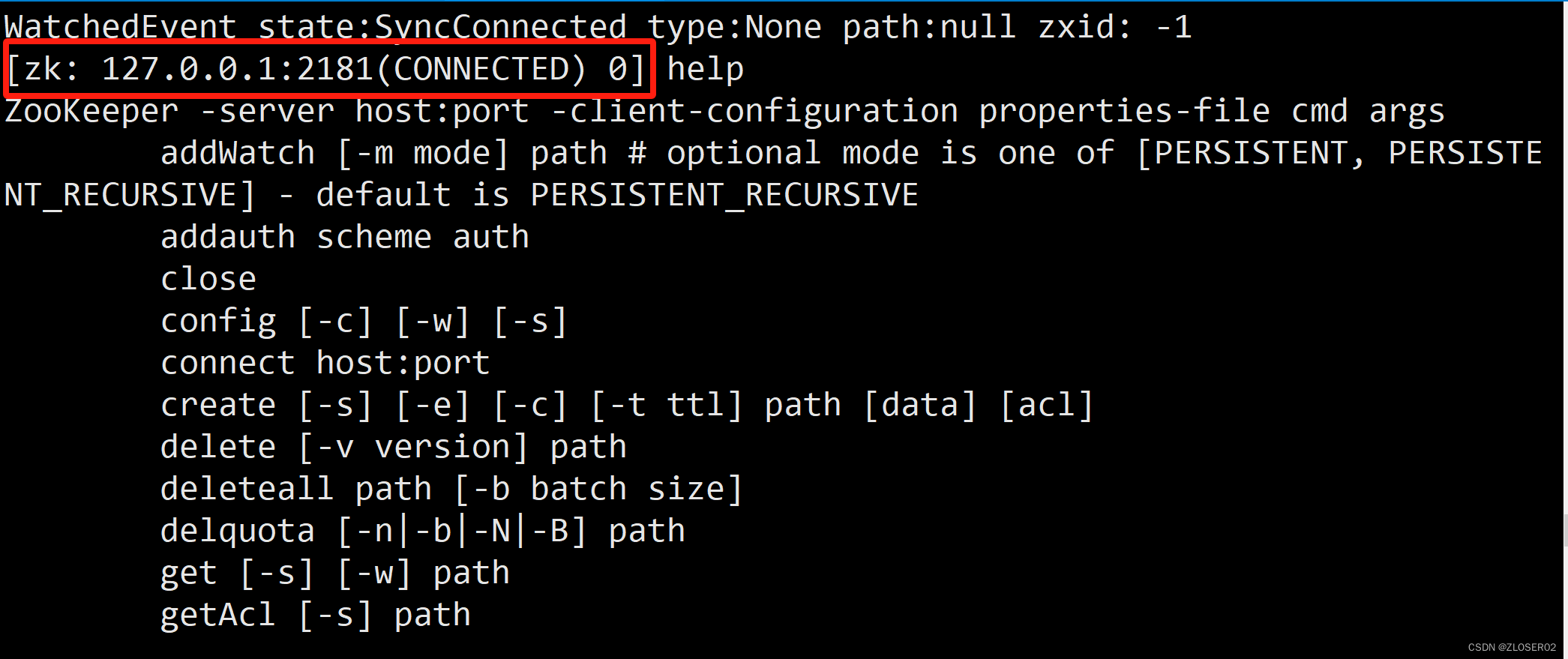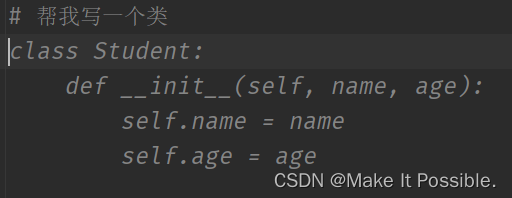上一篇博客【「图像 merge」无中生有制造数据 】写的是图片直接融合,此方法生成的图片相对而言比较生硬,虽然目标图片已经透明化处理过了,但是生成的图片依旧很假
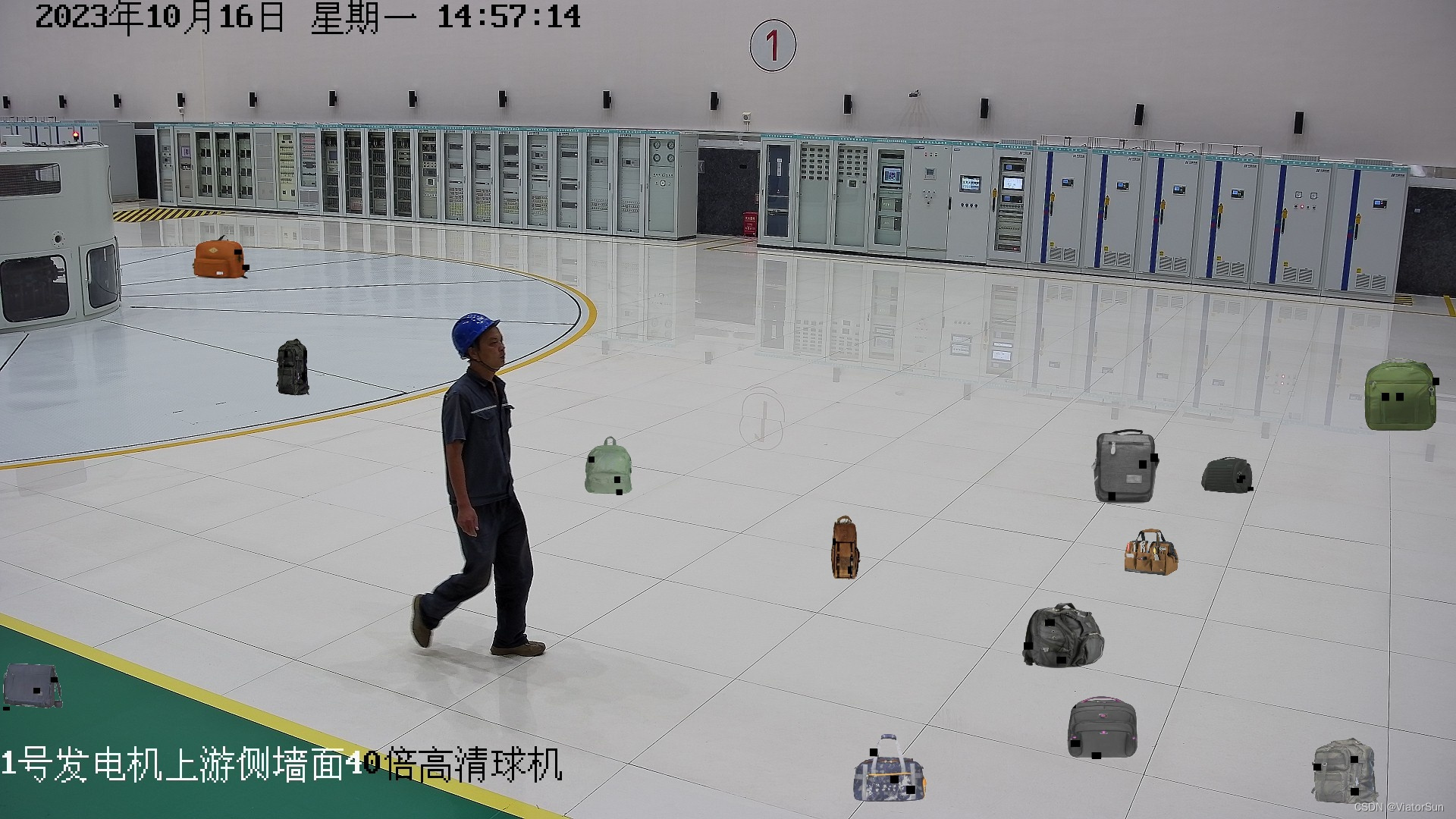
除了上述上述的图片叠加融合之外,还有一种更加自然的融合方法,就是 cv2.seamlessClone ,生成的效果图如下图所示
但是 cv2.seamlessClone 并不是万能的,需要根据实际情况测试,页根据目标模版的制作效果有很大关系
注意!
此方法融合图片时,目标区域不能按照目标的边缘进行透明化抠图,需要包含一部分的边缘信息,不然融合效果会很差


此算法的 目标图透明化处理/抠图处理与 【「图像 merge」无中生有制造数据 】一致,相关代码已附在博客中,自行移步查看
# !/usr/bin/env python
# -*- coding:utf-8 -*-
# @Time : 2023.10
# @Author : 绿色羽毛
# @Email : lvseyumao@foxmail.com
# @Blog : https://blog.csdn.net/ViatorSun
# @Note :
import os
import cv2
import random
from random import sample
import numpy as np
import argparse
def read_label_txt(label_dir):
labels = []
with open(label_dir) as fp:
for f in fp.readlines():
labels.append(f.strip().split(' '))
return labels
def rescale_yolo_labels(labels, img_shape):
height, width, nchannel = img_shape
rescale_boxes = []
for box in list(labels):
x_c = float(box[1]) * width
y_c = float(box[2]) * height
w = float(box[3]) * width
h = float(box[4]) * height
x_left = x_c - w * .5
y_left = y_c - h * .5
x_right = x_c + w * .5
y_right = y_c + h * .5
rescale_boxes.append([box[0], int(x_left), int(y_left), int(x_right), int(y_right)])
return rescale_boxes
def xyxy2xywh(image, bboxes):
height, width, _ = image.shape
boxes = []
for box in bboxes:
if len(box) < 4:
continue
cls = int(box[0])
x_min = box[1]
y_min = box[2]
x_max = box[3]
y_max = box[4]
w = x_max - x_min
h = y_max - y_min
x_c = (x_min + x_max) / 2.0
y_c = (y_min + y_max) / 2.0
x_c = x_c / width
y_c = y_c / height
w = float(w) / width
h = float(h) / height
boxes.append([cls, x_c, y_c, w, h])
return boxes
def cast_color(img, value):
img_t = cv2.cvtColor(img,cv2.COLOR_BGR2HSV)
h,s,v = cv2.split(img_t)
# 增加图像对比度
v2 = np.clip(cv2.add(2*v,value),0,255)
img2 = np.uint8(cv2.merge((h,s,v2)))
img_cast = cv2.cvtColor(img2,cv2.COLOR_HSV2BGR) # 改变图像对比度
return img_cast
def brightness(img, value):
img_t = cv2.cvtColor(img,cv2.COLOR_BGR2HSV)
h,s,v = cv2.split(img_t)
# 增加图像亮度
v1 = np.clip(cv2.add(1*v,value),0,255)
img1 = np.uint8(cv2.merge((h,s,v1)))
img_brightness = cv2.cvtColor(img1,cv2.COLOR_HSV2BGR) # 改变图像亮度亮度
return img_brightness
def random_add_patches_on_objects(image, template_lst, rescale_boxes, mask_lst, paste_number):
img = image.copy()
new_bboxes = []
cl = 0
random.shuffle(rescale_boxes)
for rescale_bbox in rescale_boxes[:int(len(rescale_boxes) * 0.2)]: # 待ps图像 目标框中
num_p = random.randint(0, 50) % len(template_lst) # 随机挑选 原图和mask
p_img = template_lst[num_p]
mask = mask_lst[num_p]
bbox_h, bbox_w, bbox_c = p_img.shape
obj_xmin = rescale_bbox[1]
obj_ymin = rescale_bbox[2]
obj_xmax = rescale_bbox[3]
obj_ymax = rescale_bbox[4]
obj_w = obj_xmax - obj_xmin + 1 # 目标框尺寸
obj_h = obj_ymax - obj_ymin + 1
new_bbox_w = bbox_w
new_bbox_h = bbox_h
while not (bbox_w < obj_w and bbox_h < obj_h): # 如果目标框小于 mask尺寸,对mask进行缩放以确保可以放进 bbox中
new_bbox_w = int(bbox_w * random.uniform(0.5, 0.8))
new_bbox_h = int(bbox_h * random.uniform(0.5, 0.8))
bbox_w, bbox_h = new_bbox_w, new_bbox_h
success_num = 0
while success_num < paste_number:
center_search_space = [obj_xmin, obj_ymin, obj_xmax - new_bbox_w - 1, obj_ymax - new_bbox_h - 1] # 选取生成随机点区域
if center_search_space[0] >= center_search_space[2] or center_search_space[1] >= center_search_space[3]:
print('============== center_search_space error!!!! ================')
success_num += 1
continue
new_bbox_x_min = random.randint(center_search_space[0], center_search_space[2]) # 随机生成点坐标
new_bbox_y_min = random.randint(center_search_space[1], center_search_space[3])
new_bbox_x_left, new_bbox_y_top, new_bbox_x_right, new_bbox_y_bottom = new_bbox_x_min, new_bbox_y_min, new_bbox_x_min + new_bbox_w - 1, new_bbox_y_min + new_bbox_h - 1
new_bbox = [cl, int(new_bbox_x_left), int(new_bbox_y_top), int(new_bbox_x_right), int(new_bbox_y_bottom)]
success_num += 1
new_bboxes.append(new_bbox)
mask = cv2.resize(mask, (new_bbox_w, new_bbox_h))
p_img = cv2.resize(p_img, (new_bbox_w, new_bbox_h))
center = (int(new_bbox_w / 2), int(new_bbox_h / 2))
img[new_bbox_y_top:new_bbox_y_bottom, new_bbox_x_left:new_bbox_x_right] = cv2.seamlessClone(
p_img,
image[new_bbox_y_top:new_bbox_y_bottom, new_bbox_x_left:new_bbox_x_right],
mask, center, cv2.MONOCHROME_TRANSFER) # NORMAL_CLONE 、MIXED_CLONE 和 MONOCHROME_TRANSFER
return img, new_bboxes
if __name__ == "__main__":
# 用来装载参数的容器
parser = argparse.ArgumentParser(description='PS')
# 给这个解析对象添加命令行参数
parser.add_argument('-i', '--images', default= '/media/yinzhe/DataYZ/DataSet/DataSet/bag_model',type=str, help='path of images')
parser.add_argument('-t', '--templates', default= '/media/yinzhe/DataYZ/DataSet/DataSet/bag_mask',type=str, help='path of templates')
parser.add_argument('-s', '--saveImage',default= '/media/yinzhe/DataYZ/DataSet/DataSet/bag_save3', type=str, help='path of ')
parser.add_argument('-n', '--num', default=5, type=str, help='number of img')
args = parser.parse_args() # 获取所有参数
templates_path = args.templates
images_path = args.images
save_path = args.saveImage
num = int(args.num)
template_paths = []
if not os.path.exists(save_path):
os.makedirs(save_path)
for t_path in os.listdir(templates_path):
template_paths.append(t_path)
# template_paths = random.shuffle(template_paths) #打乱顺序
for image_path in os.listdir(images_path) :
if "txt" in image_path:
continue
image = cv2.imread(os.path.join(images_path, image_path))
pre_name = image_path.split('.')[0]
labels = read_label_txt(os.path.join(images_path, pre_name + ".txt"))
if image is None or len(labels) == 0:
print("empty image !!! or empty label !!!")
continue
# yolo txt转化为x1y1x2y2
rescale_labels = rescale_yolo_labels(labels, image.shape) # 转换坐标表示
template_path = sample(template_paths, num)
template_lst = []
mask_lst = []
for i in range(num):
template = cv2.imread(os.path.join(templates_path, template_path[i]), cv2.IMREAD_UNCHANGED)
print(template.shape[2])
if (template.shape[2] != 4): # RGB alpha
break
alpha = template[:, :, 3]
p_img = cv2.cvtColor(template, cv2.COLOR_BGRA2BGR)
if (p_img is None):
print("empty p image !!!", template_path[i])
continue
mask = np.where(alpha>0, 255, 0) #满足大于0的值保留,不满足的设为0
mask = mask.astype(np.uint8)
mask_lst.append(mask)
template_lst.append(p_img)
for i in range(num):
img, bboxes = random_add_patches_on_objects(image, template_lst, rescale_labels, mask_lst, 1)
boxes = xyxy2xywh(img, bboxes)
img_name = pre_name + '_' + str(i) + '.jpg'
print('handle img:', img_name)
cv2.imwrite(os.path.join(save_path, img_name), img)
with open(os.path.join(save_path, img_name[:-4] + ".txt"), 'a') as f:
for box in boxes:
mess = str(3) + " " + str(box[1]) + " " + str(box[2]) + " " + str(box[3] * 0.6) + " " + str(box[4]* 0.6) + "\n"
f.write(mess)
